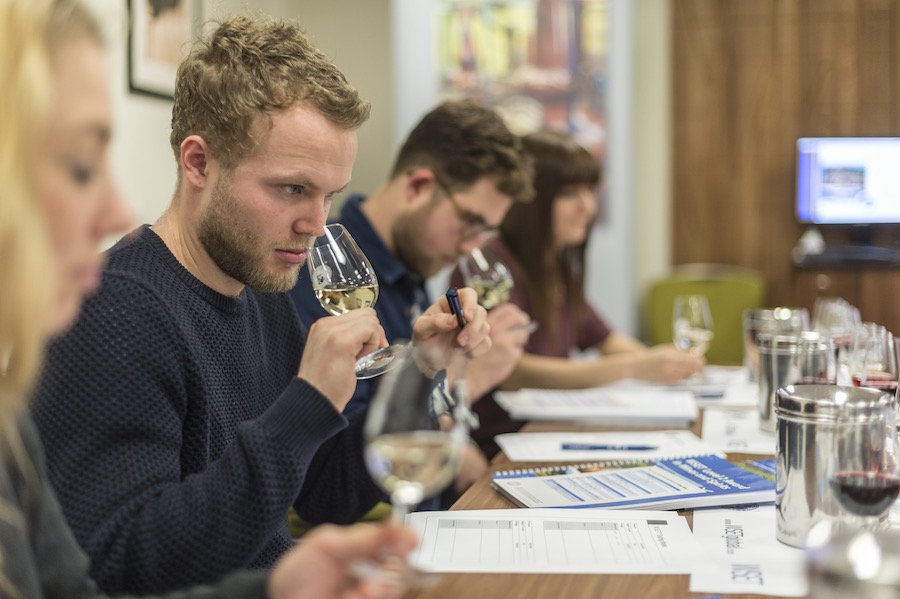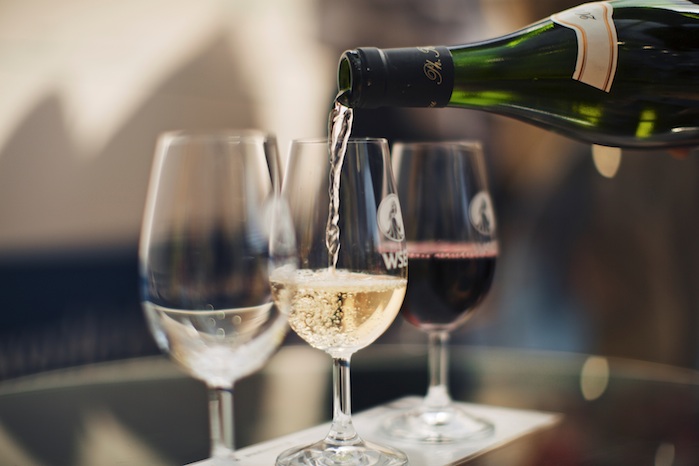Ian Harris is chief executive of the Wine & Spirit Education Trust (WSET), the largest global provider of wine, spirits and sake qualifications. WSET offers courses in 19 languages across 72 countries for all levels, from Level 1 Awards in wine, spirits or sake, up to the expert Level 4 Diploma in wines and spirits.
We recently spoke with Harris about the importance of staff education and what current trends he sees in the industry. Harris draws from a deep well of experience. Following a long career in sales and marketing for the wine and spirit industry, including 10 years with Waverley Vintners followed by 15 years with the Seagram Spirits and Wine Group in the U.K. and France, he joined WSET in 2002.
Beverage Dynamics: Why is having a knowledgable sales staff so important?
Ian Harris: Consumers have a much wider choice of beverage than ever before, so all sectors of the industry (producers, wholesalers, distributors and customer-facing staff in retail and hospitality) are recognizing the need to have staff who have the product knowledge to be able to take advantage of the opportunity for the increased margins created by this consumer interest. Education in product knowledge is a wise investment which delivers a measurable ROI.

BD: Is there any change in who’s taking WSET classes?
IH: We have an increasing number of non-trade students who not only want to gain more information for personal use from WSET, but also who value the same accreditation that the beverage industry seeks.
There is also a marked increase in the number of bartenders attending our programs following the rise of the craft spirits movement, and as consumer interest and knowledge of spirits grows.
BD: How have consumer preferences changed in the past 5-10 years regarding alcohol?
IH: Consumer preferences are clearly influenced by an increased focus on health issues, with lifestyle choices influencing the choice of alcoholic beverage. There is also a move for consumers to look for quality rather than quantity, which WSET not only applauds but we would like to think that the education we are providing is driving this move.
Many factors can be attributed to the change in consumer preferences from the boom in craft spirits to the growth of global export markets for wines from a growing number of wine-producing countries.
To ensure that WSET Programs are kept up to date, we have a dedicated team of eight people in our Global Education department who manage the regular cycle of updates to all our courses (including the translations of materials).
BD: What trends do you currently see in wine sales? What about spirit sales?
IH: The statistics for USA both for wines and spirits are very buoyant – with the growth in the wine category being driven by the sparkling wine sector, and particularly prosecco.
In the spirits category there is growth in all segments with the surprising exception of rum, which is showing a slight decline over the past four years, but the growth of niche and craft darker rums will readdress this balance. Having been global marketing manager for Martell Cognac in my previous incarnation, I am particularly pleased to see that cognac is one of the faster growing categories in the USA.

BD: Do you see any end in sight to the brown spirits boom?
IH: I have seen many trends in spirits consumption in the 40 years I have been in the industry, and each upward trend has been driven by innovation either from the major multinational spirits producers or by consumer interest in smaller niche producers. In my 15 years at Seagram, where we were a major player in the Scotch whisky, American whiskey, cognac and rum categories, all the growth was coming from white spirits (particularly vodka), so I wish we had seen the upturn in brown spirits at that time!
Since joining WSET in 2002, I have been very encouraged by the growth in many spirits categories – with gin probably being the most prolific – but the innovation coming out of both the multinationals and the craft movement with brown spirits is incredibly exciting. Consumers are quite rightly embracing brown spirits as never before, and the bartending community is key to ensuring that this boom continues. As with all trends, it will only end when the consumer loses interest, so it is incumbent on the producers to ensure this does not happen.
BD: Why did WSET begin offering sake certifications?
IH: We recognised that Sake is a growing category for the beverage industry, and the consumption occasion is very similar to that for wines and spirits. The Japanese government were very supportive when we were researching this project, as there were several educational initiatives already in place, but there was clearly a need for a world leader in beverage education to grasp the opportunity. This decision has been borne out as we have educated over 700 people in the Level 3 Award in Sake and had nearly 1,000 students for the recently launched Level 1 Award in Sake. 25% of the students are from the USA.
Kyle Swartz is managing editor of Beverage Dynamics magazine. Reach him at kswartz@epgmediallc.com or on Twitter @kswatzz. Read his recent piece, Should Retailers Fear Amazon’s Whole Foods Purchase?




